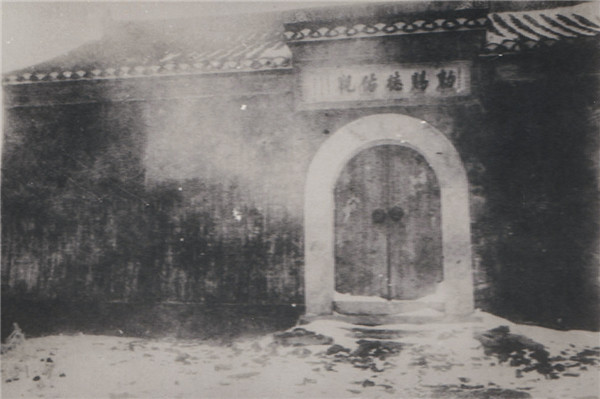Tao's temples are in harmony with nature
 |
|
A picture of the Deyouguan Temple in 1923 taken by Japanese tourists. [Photo provided to China Daily] |
Tao has nurtured a special interest in religious buildings since his childhood, when he would ride a bicycle to roam around the temples and monasteries in Beijing and read books about the history and architecture of old religious buildings.
He published his first article on the history of a Taoist building in Beijing during his high school years.
"I like Taoism more than other religions because it is indigenous to China," he said.
He stuck to his interest as he went to study architecture at the University of Nottingham in the United Kingdom.
"My major also gave me an opportunity to relate the traditional Chinese culture to Western theories, including anthropology and architecture," he said.
Tao returned from his study in 2008, but he did not undertake a single program until a year later. That was when he met Yang Shihua, president of the Taoist Association of Jiangsu and a religious leader in Maoshan, the traditional seat of Shangqing school of Taoism, during a funeral of a priest in Shanghai.
"We were on the same flight home. He was complaining to me that now all the temples are built virtually in the same design. I explained my concepts to him. I later received a phone call from him, saying that they are now planning to build a new temple," he recalled.
















